positive anterior drawer test
 Anterior Drawer Test⎟Anterior Cruciate Ligament Rupture - YouTube
Anterior Drawer Test⎟Anterior Cruciate Ligament Rupture - YouTubeLoad of contents... Editors loading... Categories loading... When referring to evidence in academic writing, you should always try to refer to the primary (original) source. That is generally the article of the journal where the information was first declared. In most cases, the articles of Physiopedia are a secondary source and should not be used as references. Physiopedia articles are best used to find the original sources of information (see the list of references at the bottom of the article). If you believe that this Physiopedia article is the main source of the information you refer to, you can use the button below to access a related citation statement. Previous drawing of the original ankleEditor - Original Editor Editor Principal Editor - . Top Contributors editors - , , , and Top ContributorsContentsPurpose The purpose of this test was to determine whether the mechanical instability of the ankle or the hypermovility in the sagittal plane of the thocraural joint (or the upper joint of the ankle) is present. Technique The patient is supine, the ankle joint is in 20° bending, the heel rests on the palm of the examiner's hand resting on the table. Thus stabilizes the calcaneus. The examiner then stabilizes the tibia and fibula as he draws the calcaneus by observing the previous amount of translation in the side aspect of the ankle and the change in the final sensation. The amount of previous translation is observed and the eventual weakening of the final sensation, changing from hard ligament to weak elastic. A previous translation of more than 1 cm compared to the healthy contralateral ankle and an obvious weakening of the final sensation are more indicative of a partial or complete breakdown of the anterior thophoibular ligament. The test is classified into a 4-point scale. 0 does not represent laxity and 3 represents the gross laxity. EvidenceThe outer drawer has 86 percent and 74 percent for a diagnostic test of 160 patients with an investment ankle sprain compared to an arthrogram. In a prospective, blind, diagnostic-accuracy study, Croy et al. Measure the diagnostic precision of the previous ankle drawer test in sixty-six subjects with a history of lateral ankle sprain. Using the ultrasound image during the performance of the previous drawer, the talofibular interval was measured digitally. The sensitivity of the previous drawer test was 0.74 (confidence interval of 95% [CI]: 0.58 0.86) and 0.83 (95% CI: 0.64 0.93) in the benchmarks of 2.3 mm or greater and 3.7 mm or greater, respectively. The specificity of the test was 0.38 (95% CI: 0.24 0.56) and 0.40 (95% CI: 0.27 0.56), respectively. Positive probability ratios were 1.2 and 1.4, while negative probability rates were 0.6 and 0.41 respectively. Resources - Draw how sensitivity and specificity change 5 days after injury vs examination within 48 hours. References Sign up to receive the latest news from Physiopedia Our partners The content in Physiopedia or accessible is only for information purposes. Physiopedia is not a substitute for professional advice or expert medical services from a qualified health care provider. © Physiopedia 2021 Silence Physiopedia is a charity registered in the United Kingdom, no. 1173185

Positive Anterior drawer test video: Test for ACL ... | GrepMed
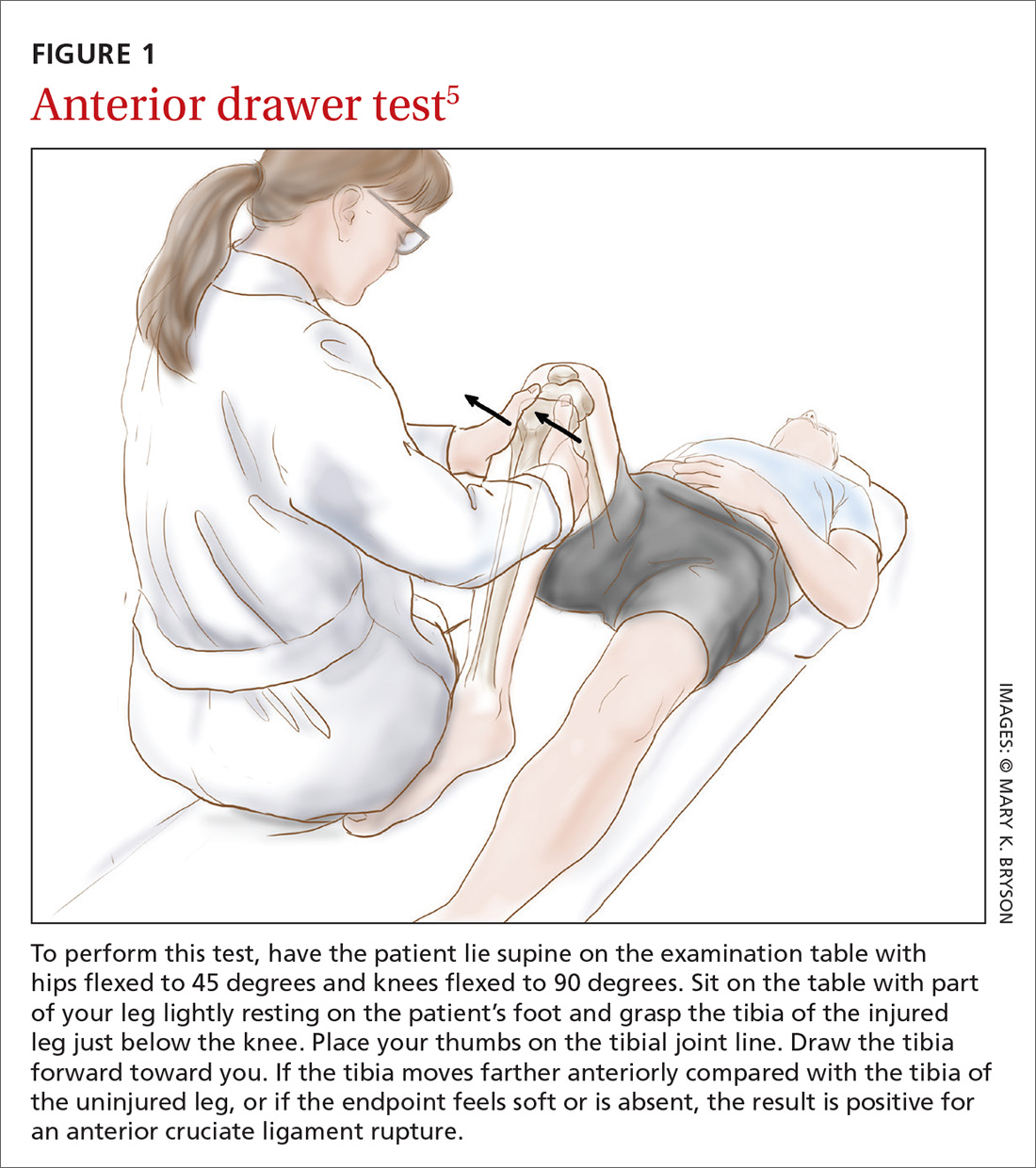
ACL injury: How do the physical examination tests compare? | MDedge Family Medicine
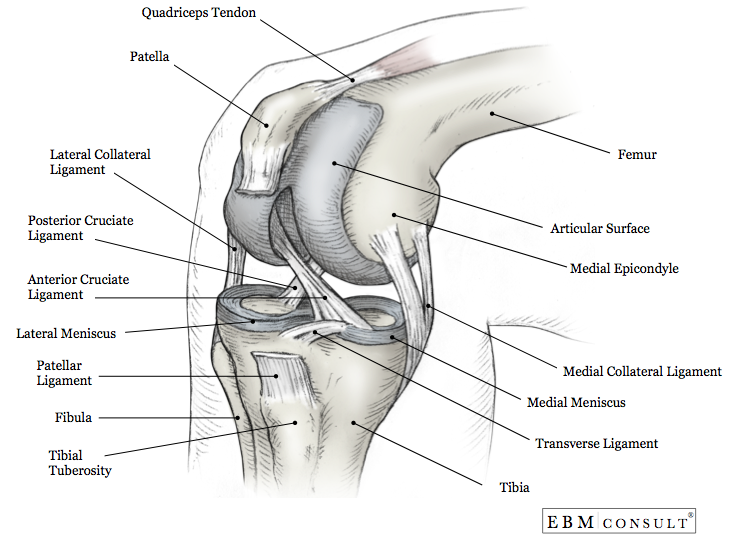
Anterior Drawer Test

Pin on Applied orthopedics

a, b) Voluntary anterior translation of the right leg. (c) Positive... | Download Scientific Diagram

Anterior Drawer Test - A Chiropractic Online CE™ Production - YouTube

Knee Anterior Drawer Test

Patient self-demonstration of the anterior drawer test in an ACL deficient knee | BMJ Case Reports

Tests to assess ACL rupture - Clinical Advisor
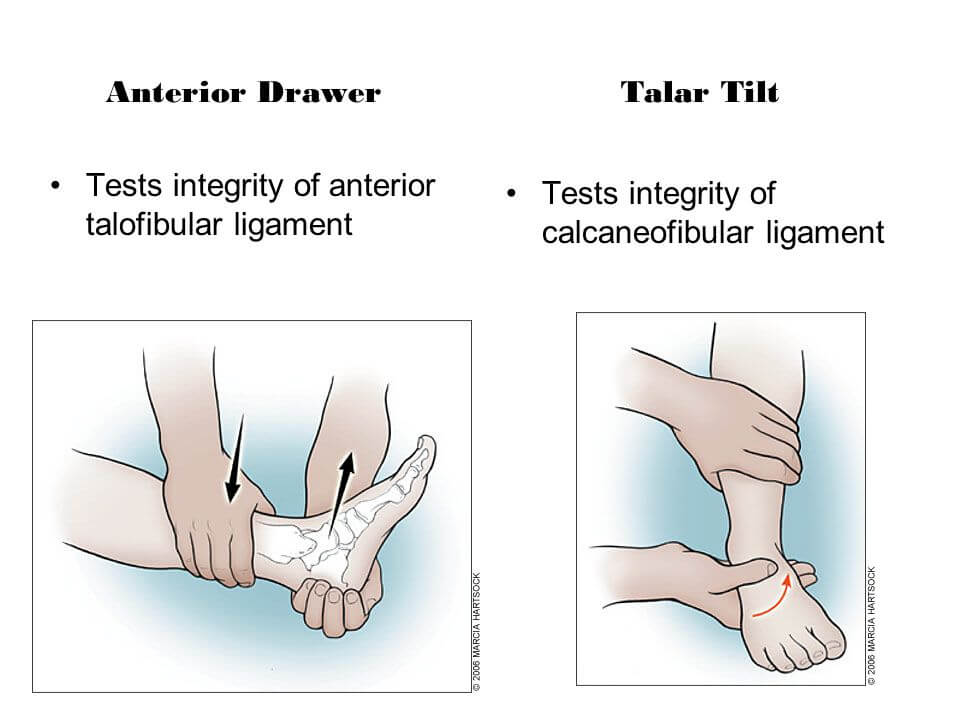
Stress Tests for Ankle Ligaments | Epomedicine

Positive Anterior Drawer Test in ACL Injury Medical ... | GrepMed

Evaluating the Patient with a Knee Injury - Point-of-Care Guides - American Family Physician

Anterior and Posterior Drawer Tests - YouTube
HealthCrib on Twitter: "Anterior Drawer Test: An alternative test used to assess ACL integrity and structure . #healthcrib #run #runner #tendons #ligaments #runningcommunity #kneeusurgery #knee #kneepain #kneeinjury #kneebrace #arthritis #aclrecovery ...

Positive Anterior Drawer Test-Ankle Exam - YouTube
nursing bibs: Anterior drawer test

Ortho testing Knee Flashcards | Quizlet

Tests to assess ACL rupture - Clinical Advisor

Knee Physical Exam | eORIF
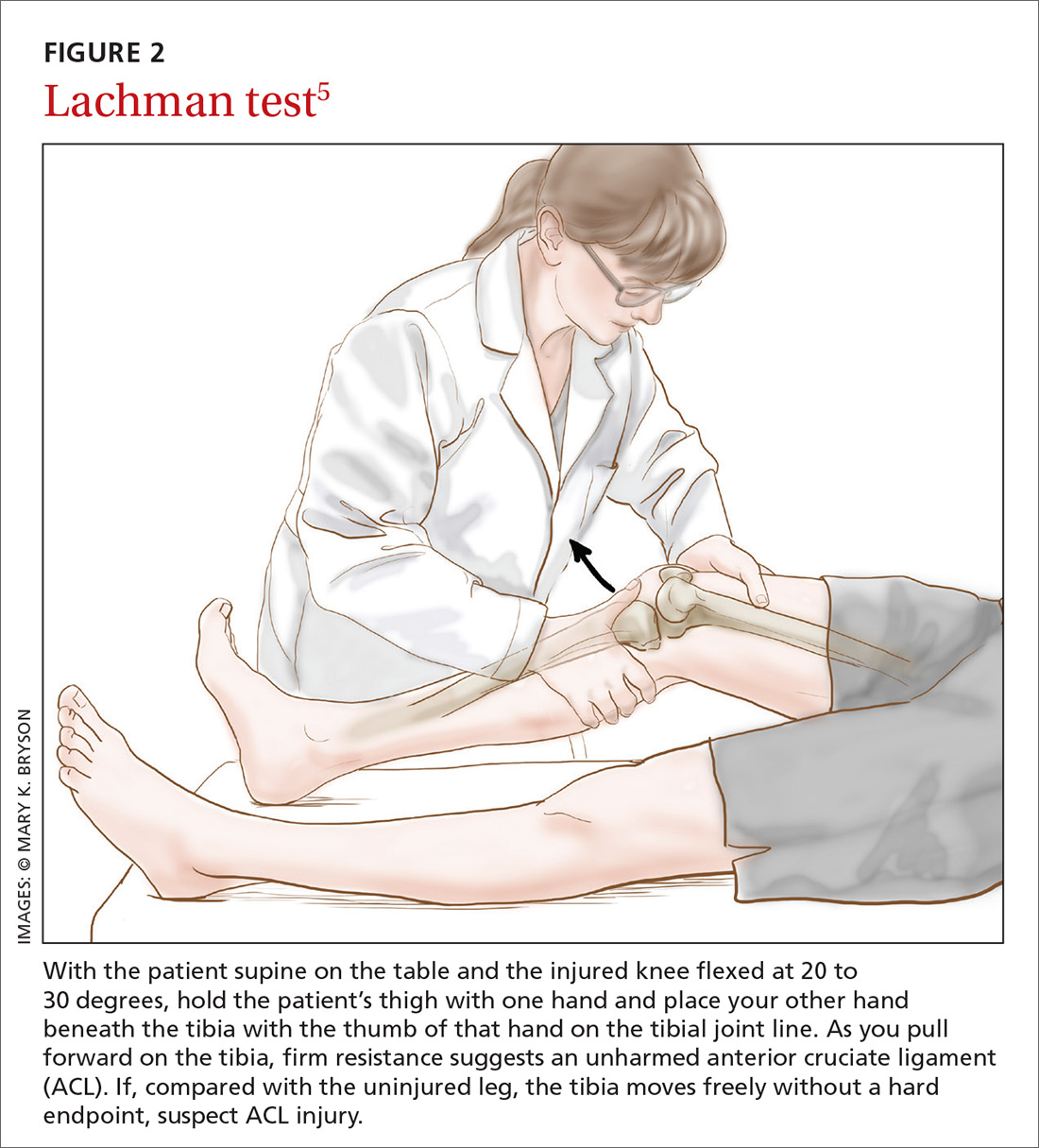
ACL injury: How do the physical examination tests compare? | MDedge Family Medicine
GOAT NOTES

Positive anterior drawer test. | Download Scientific Diagram
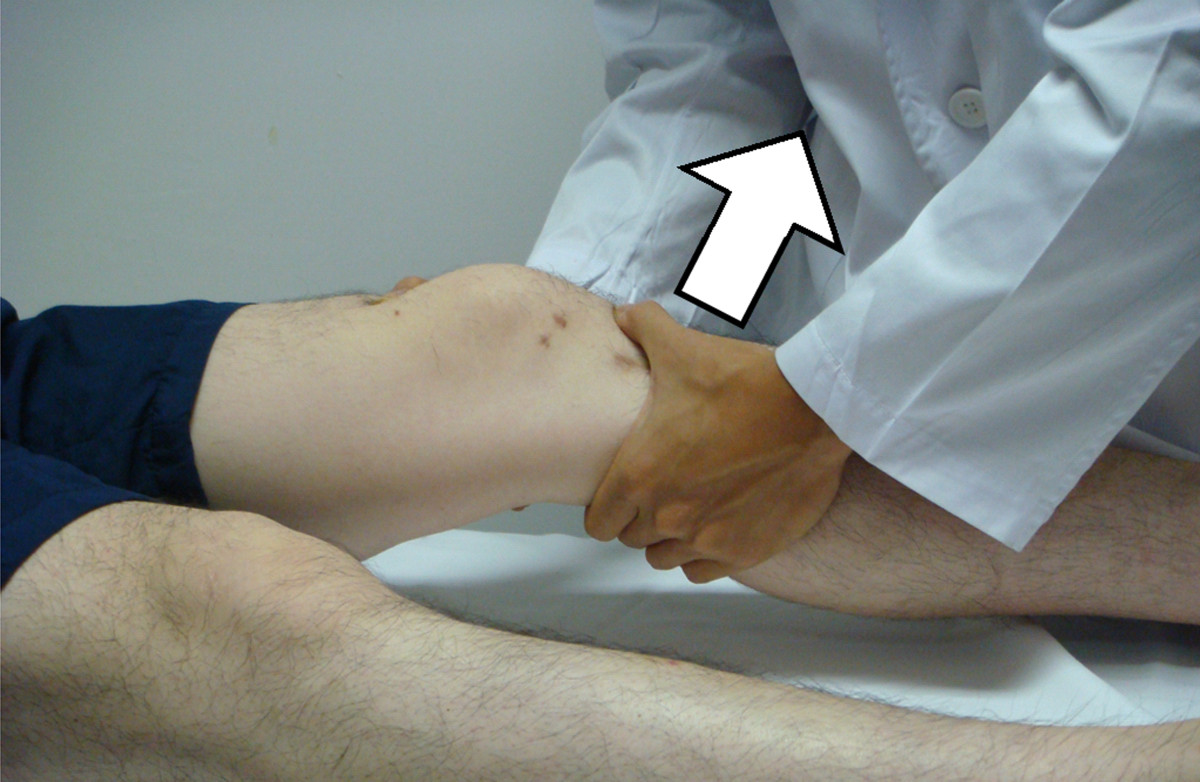
Lachman test - Wikipedia

Why you shouldn't bother with a non-orthopedist testing your ACL | b-reddy.org
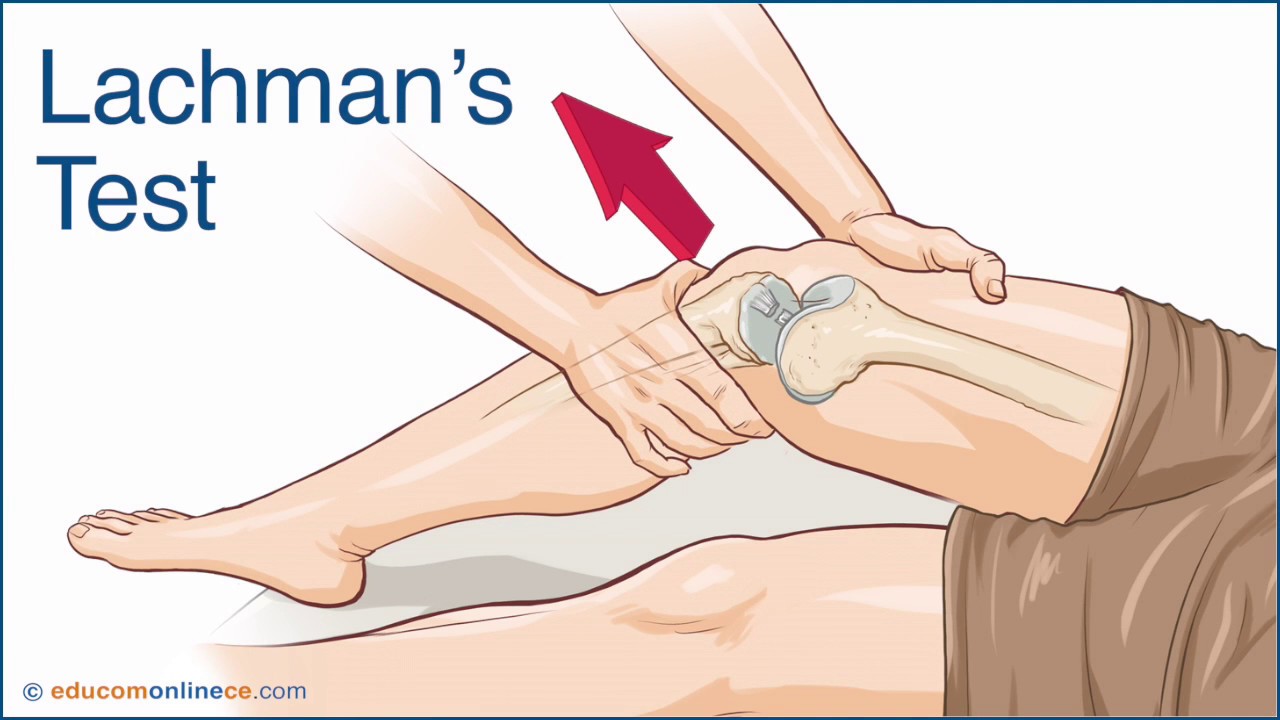
Anterior Cruciate Ligament (ACL) Injuries – Core EM

Physiotherapy - ACL injury. (Part 2) ---->tests for... | Facebook
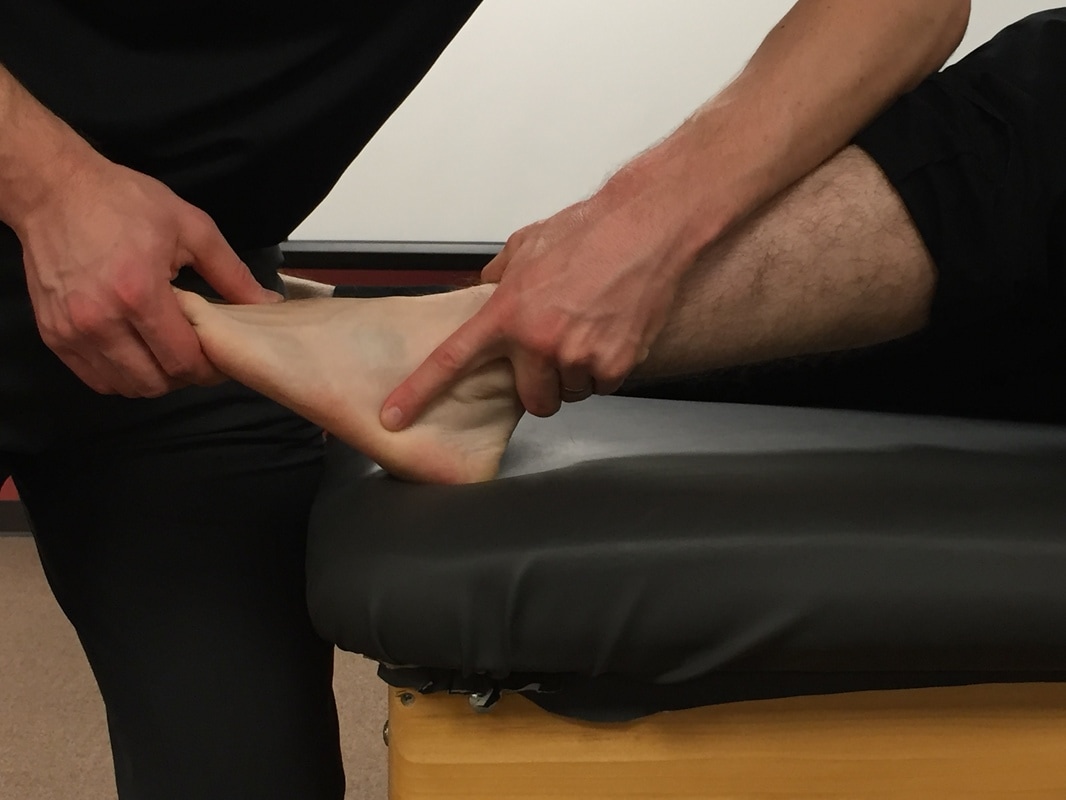
Anterior Drawer

Drawer Test for ACL and PCL in the Knee - Pilates Therapy

Lachman And Anterior Drawer | Drawer Gallery

Anterior Drawer Test | Anterior Cruciate Ligament (ACL) Rupture - YouTube

Anterior drawer test2
Knee Ligament Tests to Determine Causes of Knee Pain
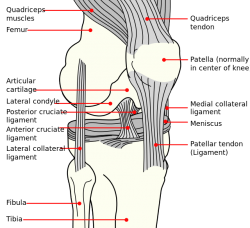
Posterior Drawer Test (Knee) - Physiopedia

Anterior Drawer test Ankle: Detailed Overview | Physio-Study
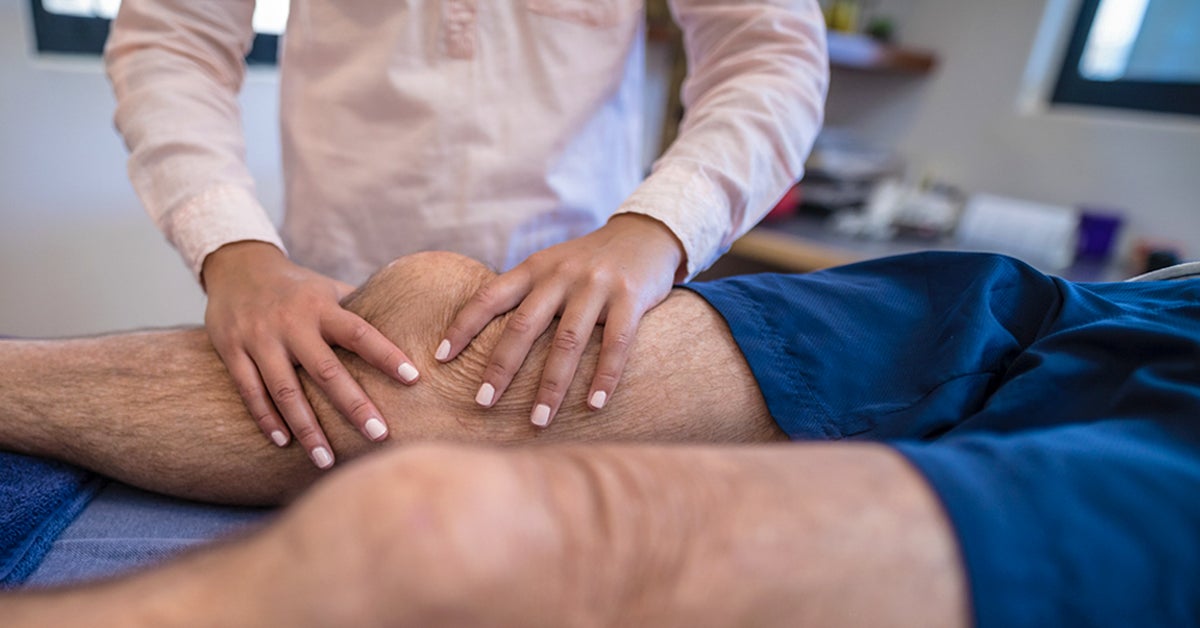
Lachman Test: Knee, ACL, Grading, Positive Results, and More

Anterior drawer test of the knee - Physiopedia

Anterior Drawer Test⎟Anterior Cruciate Ligament Rupture - YouTube

Anterior drawer test for anterior talofibular involvement with (A)... | Download Scientific Diagram
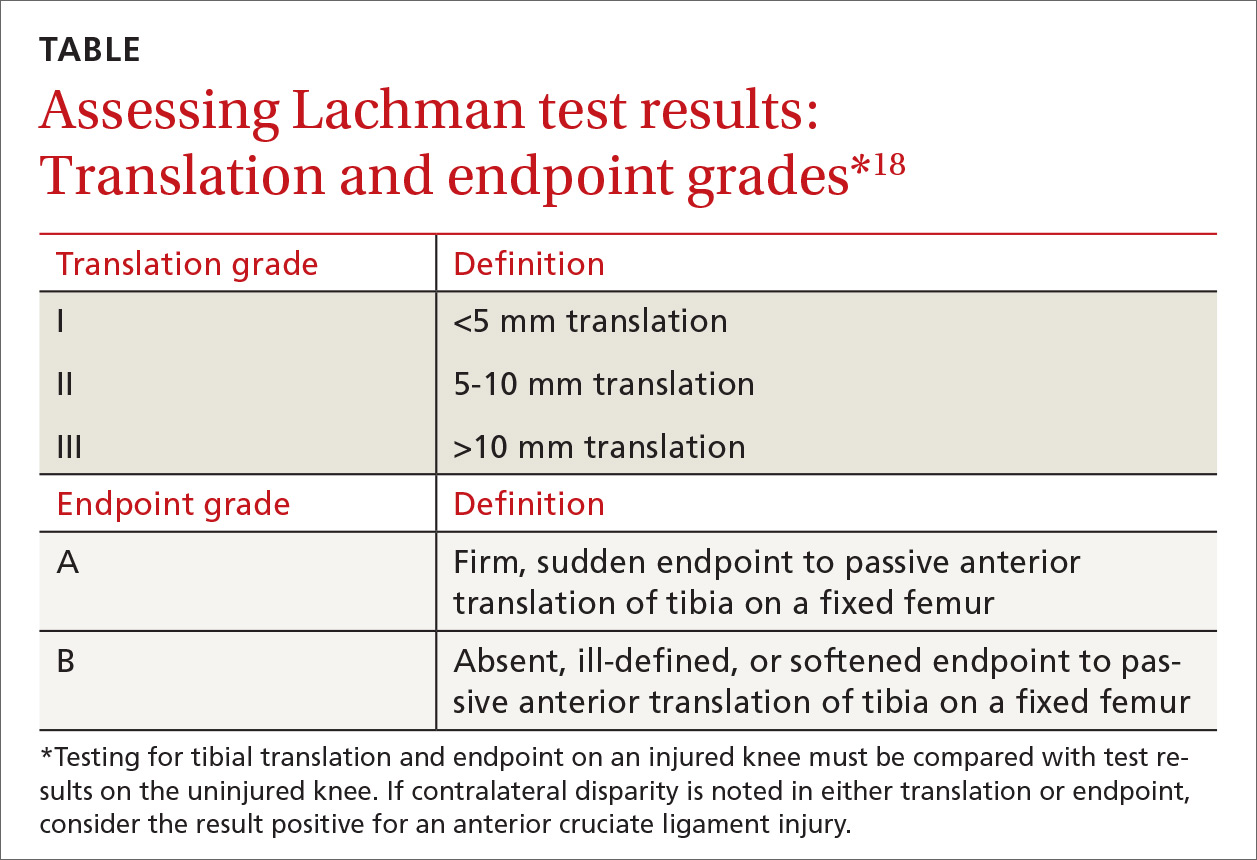
ACL injury: How do the physical examination tests compare? | MDedge Family Medicine

Ankle ligament healing after an acute ankle sprain: an evidence-based approach. - Abstract - Europe PMC
Posting Komentar untuk "positive anterior drawer test"